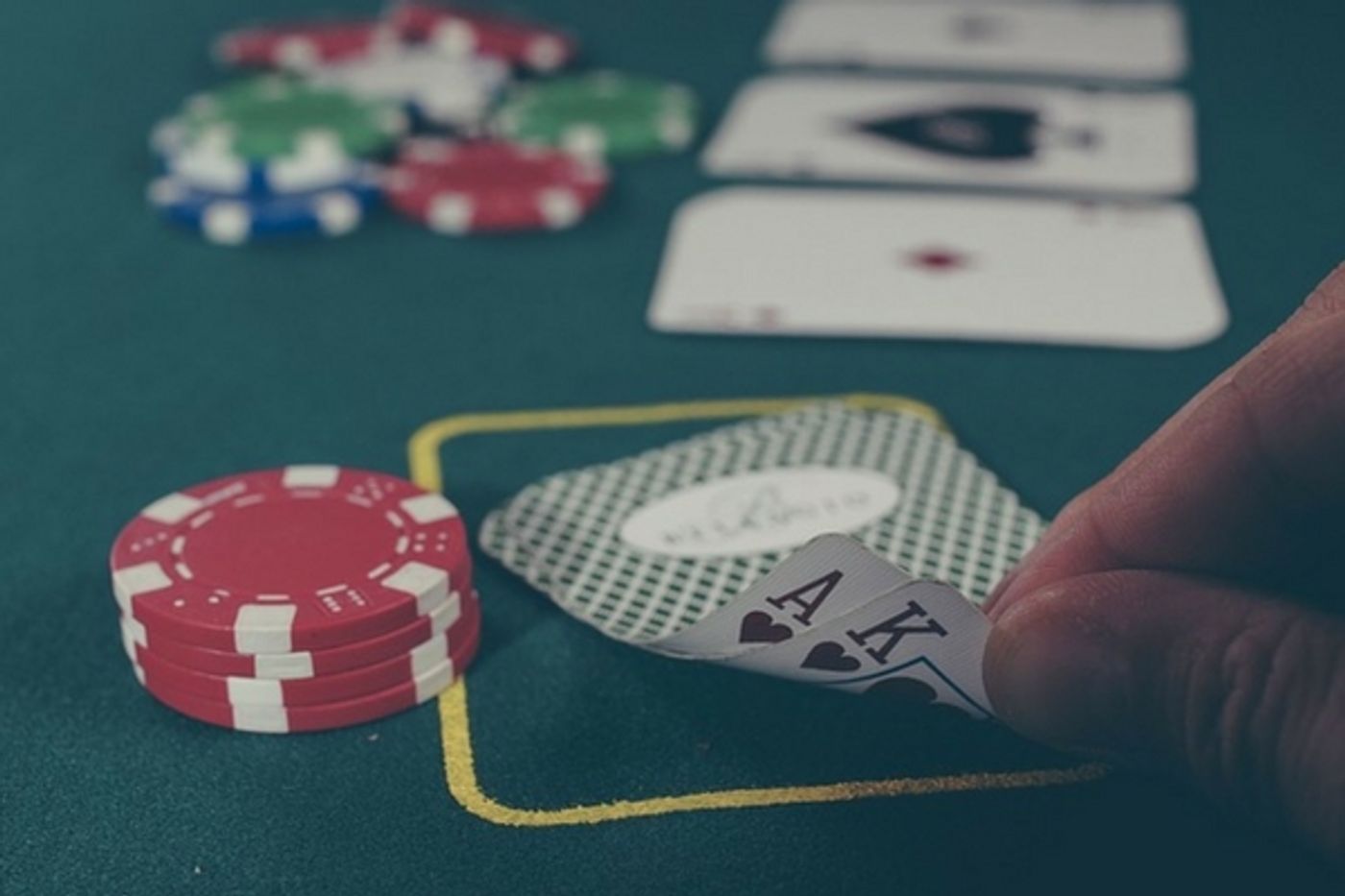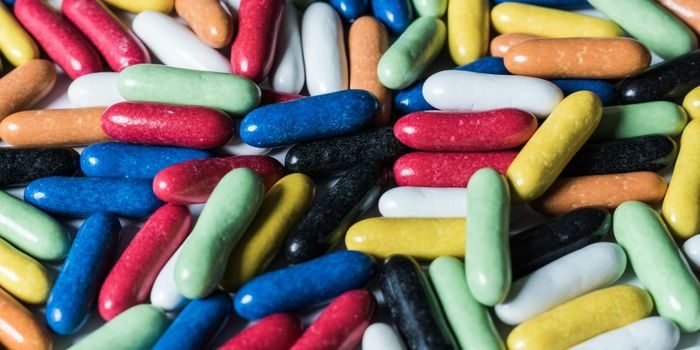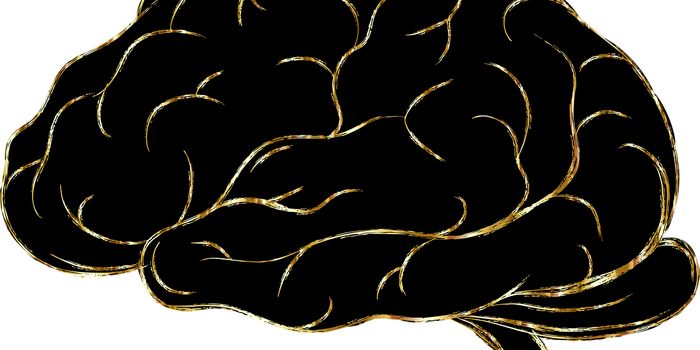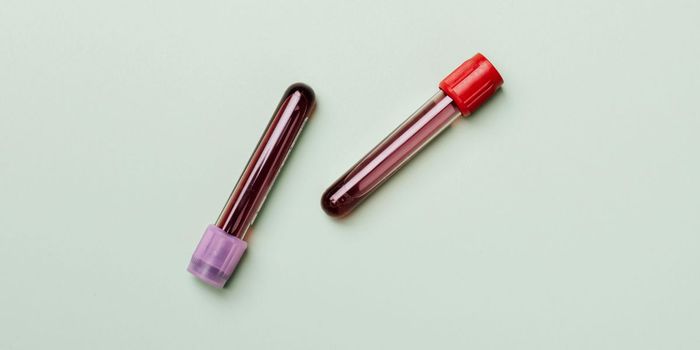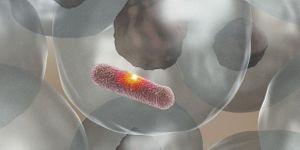What Gambling Addiction Looks Like in the Brain
There are all sorts of addictions. People can get addicted to drugs or alcohol, social media, or compulsive behaviors. One particularly troubling addiction for some is gambling. The urge to play table games, slot machines or roulette is very strong and after a while many cannot stop. Research on gambling and how it affects people who can’t stop their habit is ongoing, and we’re learning a lot along the way. It often involves losing a great deal of money before someone can see the problem a gambling addiction is causing. While many might see it as a character flaw, there is mounting evidence that a gambling addiction is caused by electrical activity in the brain. A new study at the University of British Columbia showed that people with a gambling problem had increased in activity in the same area of the brain that becomes active when a drug user experiences cravings.
The team at UBC working in the the Centre for Gambling Research, published their findings recently in the journal Translational Psychiatry. The part of the brain found to “light up” when gambling addicts looked at pictures of slot machines and roulette wheels is called the insula. This part of the brain is also involved in processing other compulsive behaviors that are often problematic, such as OCD rituals.
Lead author Eve Limbrick-Oldfield, postdoctoral research fellow at the Department of Psychology and Centre for Gambling Research at UBC stated, “This mysterious and poorly understood part of the brain has been identified as a key hub for craving in past research. For example, smokers who have sustained brain injuries affecting their insula have been found to be more likely to quit smoking. Our study builds on those findings, showing that the insula is also involved in behavioural addictions like problem gambling.”
The study involved 19 people with a diagnosed gambling disorder. Gambling disorder is a recognized problem in psychiatry and the numbers of people being diagnosed is on the rise. While undergoing an MRI scan, this group looked at pictures of several casino games, equipment and other gaming related scenes. A control group of 19 healthy volunteers looked at the same pictures. Participants relayed when they were feeling cravings to gamble and this was noted in the scans. When comparing the frequency and intensity of cravings between the two groups, those with a gambling addiction had higher levels of cravings after seeing the photos.
The scans were able to show the researchers actual brain activity of each group and with the problem gamblers, there was a significant amount of increased brain activity in both the frontal cortex and the insula. These two brain areas are involved in cravings and behavior in drug addicts. The correlation between the two kinds of addiction, and the accompanying brain activity suggested there is a possible link, biologically, between a drug addiction and gambling disorder. Study co-author Luke Clark, UBC Psychology professor and director of the Centre for Gambling Research at UBC explained the triggering effect, “Everything from the lights and the sounds of the slot machines to the smell of the casino are cues that, even after years of abstinence from gambling, can trigger a craving. Being able to control one’s response to these cues is a crucial part of avoiding relapse.” Check out the video below to see more about this research
Sources: University of British Columbia, Translational Psychiatry, Mayo Clinic
